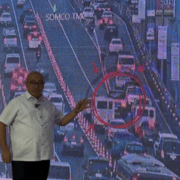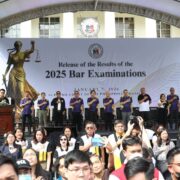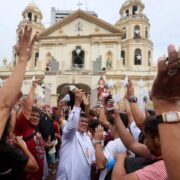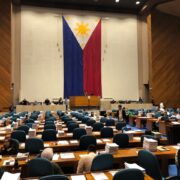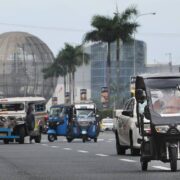Rallying behind our beloved Quiapo
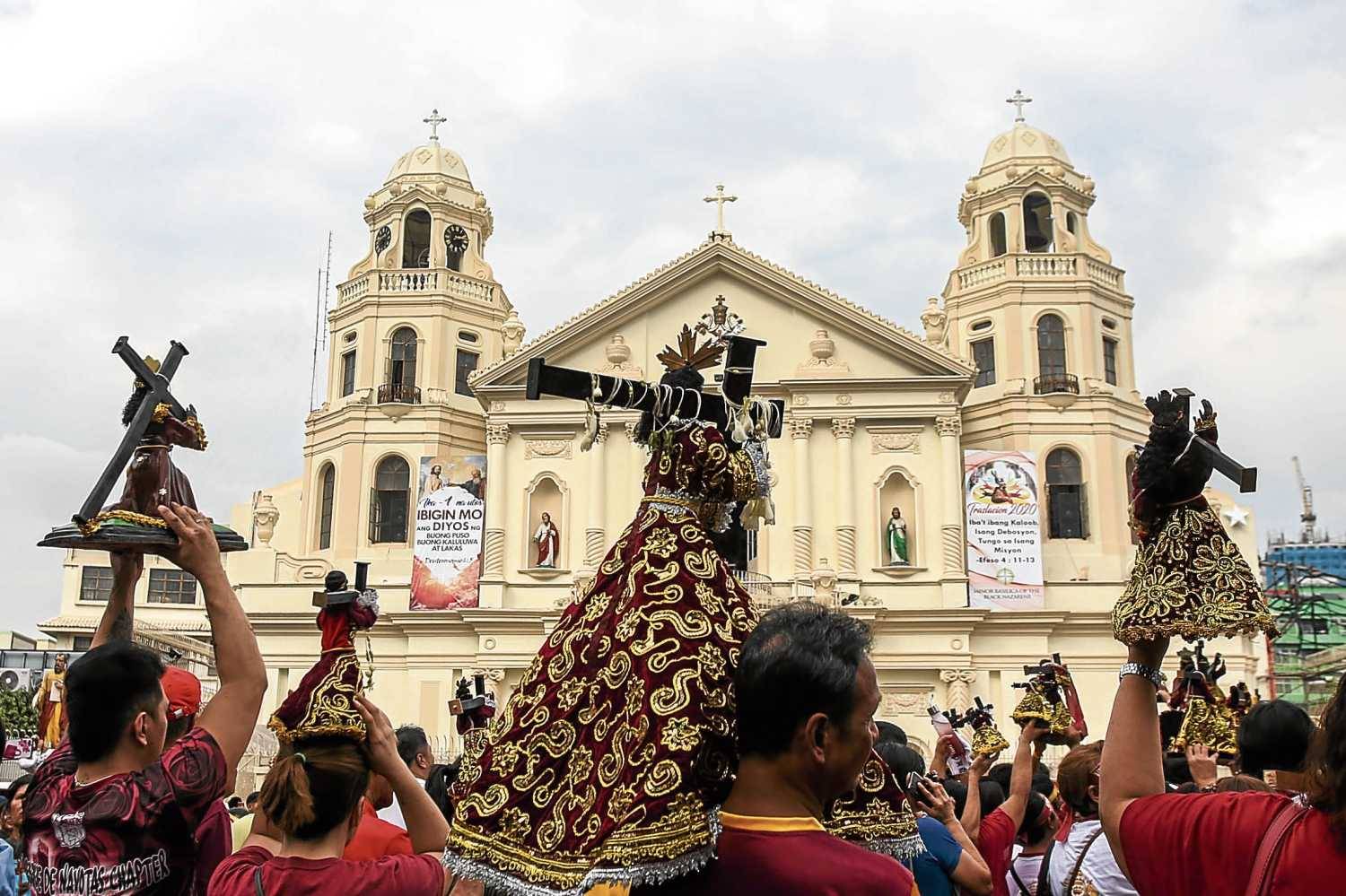
Batang Quiapo.
In the 1960s, I grew up in my lolo’s house on a quiet street in Quiapo, one of many quaint streets in old Manila. Quiapo, once a vast marshland when the early Spanish missionaries started arriving in the Philippines in the 1570s, has since been a locus of religious, commercial, historical and political activity.
In its heyday, the commercial side of Quiapo was dotted with restaurants, department stores and a great many air-conditioned cinemas in buildings done in great style. For a long time, Plaza Miranda was where many public rallies were held. Plaza Miranda came to be a symbol of the right of free speech and a standard of quality in public debate.
Its residential side is equally storied. In the ’50s, many prominent families chose Quiapo as their residence, building homes in the style of the bahay na bato—a two-story structure made of a stone foundation and a wooden upper level, with high ceilings, wide windows and polished hardwood staircases.
Here, too, may be found the Basilica where the image of the black Christ is kept. The Mahal na Poong Nazareno has been venerated by the faithful that has only grown stronger in numbers and reach, especially on its feast day on Jan. 9 when tens of thousands of devotees swarm and sway in a procession of pagan endurance.
Practices derived from folk belief blending with the Catholic faith abound all around this place of worship. Like a naturally ordered celestial system—palm readers, sellers of religious statues, amulets for protection and herbalists selling natural remedies for various ailments (from pesky allergies to disturbing irregular menstruations) peacefully coexist within their evolved orbit.
Even in faith, Quiapo is a place of peaceful coexistence. Across this Christian church, by the corner of Globo de Oro Street, is the Masjid Al-Dahab or the mosque with the golden dome. From a loudspeaker, one would hear the adhan or an imam’s call to prayer.
The residential section was peopled by the middle class from many parts of the country. There were mostly Ilocanos on my street. There was also a family from Batangas and Cebu two houses down, and a German family living in a corner compound. Quiapo was a place of intermingling cultures and people.
In the ’70s, I would regularly hear violin music wafting from the second-floor window of the house of renowned composer-professor Antonio Molina. Walking round the corner from where our house stood, Vergara Street, a portion there was where the Benedictine monks first stayed before venturing to their permanent home in Mendiola.
The old houses
On boring summer afternoons, I would venture further on the opposite direction. On foot, I would reach R. Hidalgo Street where a row of old houses stood elegantly along the street. This was a favorite vista of mine as the bahay na bato structures framed the majestic San Sebastian church in the distance, the only all-steel church in the Philippines.
In the late ’70s, these once-elegant houses started to bear the signs of age as they began to be harder and harder to maintain. The downturn in the economy in the ’80s and urban migration drastically altered the Quiapo environs. Urban migration made life in Quiapo more crowded. More people meant more noise. And more garbage, as the sidewalks became grubbier—a challenge to the city government.
As time marched on, Quiapo became less appealing to live in. Even in our once peaceful street, the grime slowly crept in. One morning, I woke up to realize that Quiapo had changed not only physically but also in spirit. We no longer held any bond with any of our neighbors, not even those living close to us. Professor Molina was gone. With him, the sound of violins. Karaoke became rampant. An all-day billiards hall started operating 24 hours.
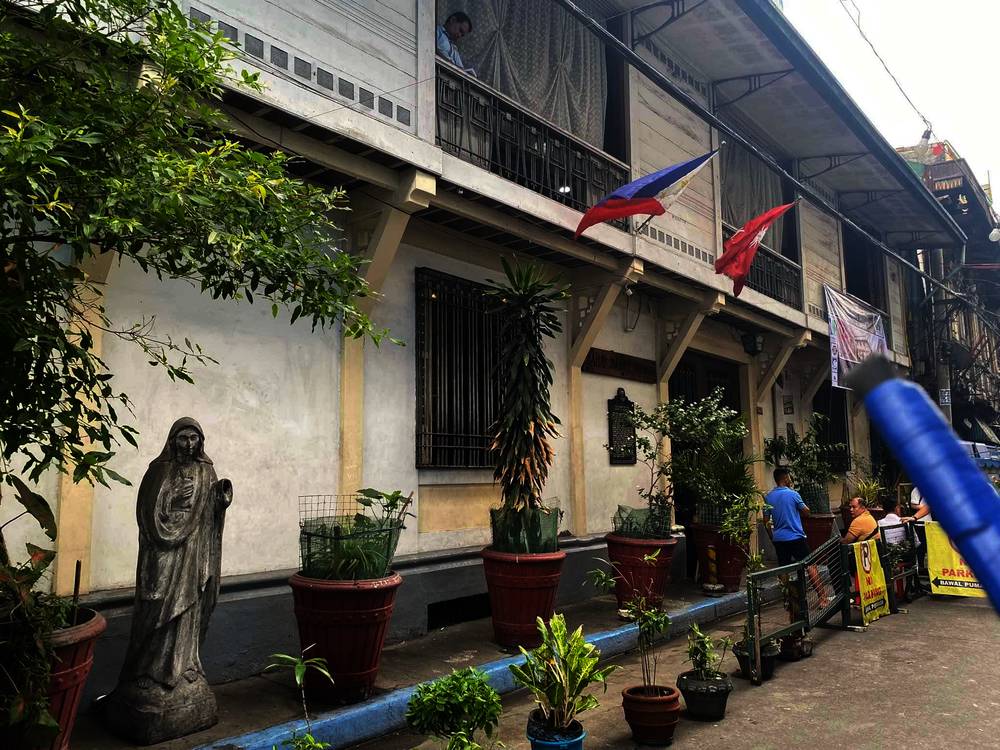
Old-time residents, including the owners of the antique houses on R. Hidalgo and others near San Sebastian, started to move elsewhere. In other cases, the houses couldn’t be maintained by the heirs. Or worse, the ownership of the houses got entangled in lawsuits filed by heirs bickering over their inheritance.
The houses ended up abandoned or left to caretakers or rented to transients and bed spacers, transforming the once-elegant living rooms and high-ceilinged homes into segmented, makeshift rooms, dark pigeonholes with as many as 20 or more families living in one house, sharing one bathroom or two at most.
Neglect and disrepair
By the early ’90s, Quiapo had started to lose the luster of its accumulated history. The construction of malls in other parts of the metropolis changed the shopping and leisure routine of the public. The new cineplexes gave Quiapo cinemas a run for their money.
Driven by the pressure to earn, the cinemas began showing double programs which didn’t compensate enough. The cavernous cinemas began exuding an aura of neglect and disrepair. Entropy transformed the once tasteful venues into seedy spaces.
Several of the old houses on many of its streets started to disappear. Some were bought, dismantled, carted far away to be reassembled and be part of a theme resort—a sad state of affairs from the point of view of cultural heritage preservation experts. Others burned to the ground, caused by faulty electrical wiring or succumbing to conflagration under mysterious circumstances.
Quiapo’s cultural history, as reflected in these grand old houses, started to fade. Families comprising a community that thrived on pride of place started to let go. The old community gave way to transients who, in their comings and goings, loosened the community bond that had held the old Quiapo together.
There’s something about leaving a house that is akin to the suffering of an exile. Abandoning a place in a community that has shaped a childhood brings a longing for nostalgia, at the very least. And pangs of guilt for those who are abandoning the city that has nurtured them now that it’s down on its knees. I imagine that it might be the same sadness Pinoys feel when they migrate to other countries for the sake of their family’s future.
Revival
Still, there are families and community organizations in Quiapo that choose to remain and work to win back Quiapo’s mislaid dignity.
The Bahay Nakpil-Bautista, on Barbosa (now Bautista) Street, is one of those that have survived abandonment, neglect, sale, or disaster. Built in 1914 by Arcadio Arellano, this was where Gregoria de Jesus, widow of the revolutionary Andres Bonifacio, lived with her second husband, the nationalist composer Julian Nakpil.
At the height of nationalist fervor, it was in this house where members of the Katipunan congregated in secret to fight for our country’s independence. It is a house proud of its heritage. A pride that is shared by its current owners, Dr. Fernando Nakpil-Zialcita, Ma. Paz Nakpil, and their families. The house has been declared a National Historical Landmark by the National Historical Commission of the Philippines. It is now a museum and a rallying point for Quiapo’s rejuvenation.
The museum has spurred interesting initiatives to combat cultural amnesia and revive interest in the importance of Quiapo not only as a situs of historic built heritage, but also as a place that holds a unique urban experience.
Some heritage house owners and cultural advocates founded Quiapong Puso Ko to emphasize the importance of strengthening and empowering the community as the heart of any revitalization process.
Working to provide a practical context to the potential of Quiapo as heritage zone, there’s also Kapitbahayan sa Kalye Bautista atbp. Lugar Inc., a nonprofit mobilized by students and volunteers headed by Claire Vitug.
Noteworthy, too, were the efforts of the late Annabel Hatol, one of the first advocates of pride of place. Burnished by her experiences as a longtime resident of Barangay 825, her passion extended beyond giving walking tours and into organizing the community, encouraging its members to give back to this place which she has called home.
Other cultural heritage preservation advocates include Nick Legaspi, who is reaching out to the new generation via his Tiktok channel, and Renacimiento Manila, whose members research on the history of Quiapo, headed by Beatrice Ann A. Dolores.
Heritage zone
Currently, there are bills pending in the Senate proposing the legislative declaration of Quiapo as a heritage zone, filed by Sen. Loren Legarda (Senate Bill No. 2324) and Sen. Lito Lapid (Senate Bill No. 1471). A counterpart bill has been filed in the lower house by several congressmen headed by Rep. Romulo Chua (House Bill No. 8664).
Deriving from the Cultural Mapping Act (RA 11961), a heritage zone refers to historical, anthropological, archeological, and artistic areas and settings that are culturally significant to the country — a definition that applies to Quiapo.
Both the bills of Legarda and Lapid identify several existing built structures and old streets in the area that need to be protected due to their cultural importance. The House bill, meanwhile, proposes that the area roughly within the points connecting the Quiapo Basilica, the Golden Mosque, the San Sebastian Church, the San Sebastian Basilica, the Plaza del Carmen up to Hidalgo and Bautista Streets be declared a historical zone.
All bills seek to institutionalize a multisectoral body that will oversee a development plan that will maximize the tourism potential of the area as a trigger for revitalization. And this is where the challenge begins.
It will take more than the rediscovery by food vloggers of the gustatory delights of Quinta Market for Quiapo to be declared a historical zone.
Given the effectivity of a culture-based development plan, as exemplified by the Vigan experience, the success of a heritage zone declaration relies heavily on the effective coordination of the local government with all the stakeholders of the city.
Prerequisites
There will be a need to employ research tools, gather and analyze data, and conduct consultative meetings in order to contextualize, inform, and enrich the core policies and provisions of the heritage development plan.
First, cultural mapping activities are needed not only to inventory built heritage, natural landscape, and cultural practice, but also to make sense of how these features are interconnected and why these are important to the community.
Second, community energy must be harnessed to ensure unity in vision and cooperation. Rebuilding a sense of community in a place where transients are the majority population can be daunting. And here, coordination and consensus building efforts with all the local barangay officials are crucial.
Third, education and capacity-building must be built into the programs to sustain passion and ensure continuity of purpose and interest within the community and to build support from the public.
Fourth, there must be a plan to promote local products, from handicrafts to food, and to highlight participatory experience that will engage all visitors. This will involve balancing tourism considerations without compromising “authenticity” in heritage.
Fifth, there must be a plan to ensure funding for the repair and preservation of built heritage. The law should contain defined obligations, provide benefits, and mandate mechanisms for adjustments and redress.
Sixth, there will be a need to review municipal building, health, and safety codes in establishing the core and buffer zones of the heritage zone. There could also be the possibility of adjusting tax rates to encourage participation in heritage programs.
The City of Manila has manifested its support for Quiapo. Advocates of cultural heritage protection are likewise rooting for Quiapo to be another model city revitalized through culture — something that other cities like Taal, Vigan, and Baguio have done.
Once referred to as the heart of Manila, this city is poised to reclaim this title as its children gather to rally behind Quiapo, our beloved.
Nicolas Pichay is a lawyer, Palanca awardee, a 2016 Humphrey Fellow at Syracuse University, and the director of the Senate Law and Legislative Library. He is a resource person in the committee hearings of the Senate Committee on Arts and Culture chaired by Sen. Loren Legarda and teaches Cultural Heritage Law and Intellectual Property Rights.







